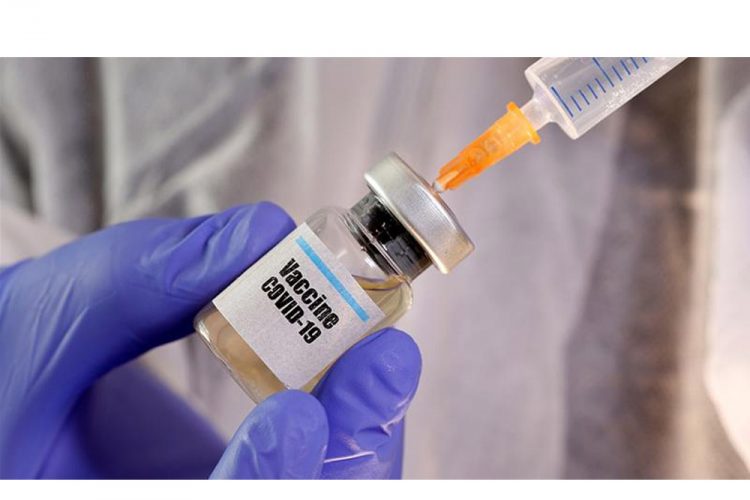SVG too faces overrun of health services

Hospitals and health services generally in the Eastern Caribbean, St Vincent and the Grenadines included, are being overcrowded as a result of the steep increase in infections from the coronavirus pandemic and risk being overwhelmed by the demands.
This warning was issued on Monday of this week by the Pan American Health Organisation (PAHO), the specialised international agency for health services in the western hemisphere. The warning came as throughout the entire region, not only are the casualty figures from COVID rising but the demands on the health services are such that hospitals and other health delivery locations find it difficult to provide normal services while keeping up with servicing COVID patients.
PAHO notes the stark increase in COVID casualties by 52% in September alone, and has expressed particular concern on two grounds- that between 85-95% of those who caught the virus were unvaccinated; and that 15-25% of the casualties were children, among them victims of the dreaded Delta strain of the virus.
Vincentians were exhibiting complacency because, prior to August, the casualty figures, and the death toll in particular, did not appear to be as bad as those of neighbouring islands. This has changed drastically over the past month. PAHO notes for instance, that SVG led the sharp increase in new cases in September with 282 new cases (as at time of PAHO release), an increase of 231%.
Another problem identified is that of the oxygen supply which has impeded the delivery of health services. While St. Lucia has been particularly affected, PAHO notes that it is becoming a problem in SVG as well.
On the whole the situation in St Vincent and the Grenadines is cause for alarm. Over the past week alone, seven new COVID-related deaths have been reported. Health officials daily express concern about the unsatisfactory rate of vaccination.
In this regard Prime Minister Gonsalves recently pointed out that even persons responsible for the delivery of health services are failing to immunize themselves by taking the vaccines. He mentioned medical personnel and teachers as among the culprits. Shockingly, according to the statistics provided by the Prime Minister, only three of the thirteen District Medical Officers were vaccinated, less than half (42%) of those providing hospital services and 55% of those responsible for community nursing.
Clearly these are not personal concerns but affect us all. The more the demands from COVID, the less there is for the rest of the health service.
Renwick Rose









